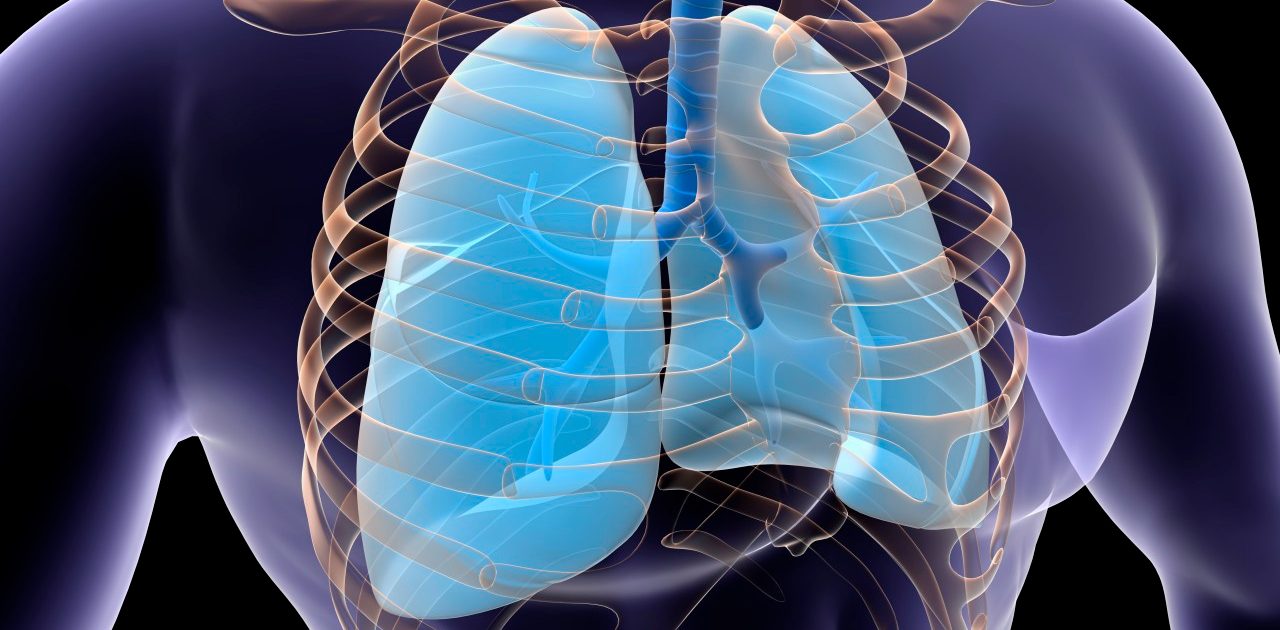What Is Acute Respiratory Distress Syndrome?

Acute respiratory distress syndrome is a life-threatening medical emergency. Learn what is acute respiratory distress syndrome and how to recognize symptoms.
Acute respiratory distress syndrome (ARDS) is a potentially fatal condition affecting the ability to breathe normally. It occurs when fluid accumulates in alveoli (the tiny, elastic air sacs in the lungs). This blocks oxygen, so it can’t move into the bloodstream — and that deprives organs throughout your body from receiving the oxygen needed to function normally.
About 200,000 people in the U.S. develop ARDS each year. Most are already hospitalized in critical condition after suffering from injuries or infections that result in ARDS, the American Lung Association notes.
ARDS is extremely serious and, despite receiving appropriate medical care, between 30 and 50 percent of those diagnosed with the condition die. Understanding what acute respiratory distress syndrome is can help you recognize the symptoms as early as possible so you can seek immediate emergency care.
YOU MIGHT ALSO LIKE: Chronic Obstructive Pulmonary Disease Symptoms
Why ARDS develops
What is acute respiratory distress syndrome’s causes? The answer to that question is two-fold. ARDS develops due to a condition or illness that injures lungs either directly or indirectly, the National Heart, Lung and Blood Institute (NHLBI) explains.
Direct lung injury causes of ARDS include:
- An infection in the lungs, typically pneumonia
- Inhaling smoke or other types of harmful fumes
- A near drowning
- Inhaling vomited stomach contents
- Rarely, the use of a ventilator (a machine that helps people breathe)
Indirect lung injury causes of ARDS include:
- An injury to the chest or head, including severe blows from a wreck or fall
- Sepsis (the body’s extreme response to an infection, which can trigger tissue damage and organ death)
- Severe bleeding caused by an injury to the body or having many blood transfusions
- A fat embolism (usually following a physical injury) which blocks an artery
- Pancreatitis (inflammation or infection of the pancreas)
- A severe reaction to a prescription drug
Of course, not everyone with these factors develops ARDS, but some things raise the risk of acute respiratory distress syndrome — including smoking, obesity, recent chemotherapy, alcohol abuse, and certain high-risk surgeries.
Know the symptoms of acute respiratory distress syndrome
Depending on the underlying cause of ARDS and the severity (and whether a person has underlying breathing difficulties due to lung or heart disease), the symptoms of acute respiratory distress symptoms can vary in intensity, at least, at first.
For example, if a person has pneumonia that is causing ARDS, you may have a fever and cough before you have the cardinal symptom of acute respiratory distress syndrome — shortness of breath. The first signs of ARDS are feeling like you can't get enough air into your lungs and rapid and sometimes difficult breathing.
The condition progresses rapidly. As organs throughout the body fail to receive enough oxygen-rich blood, extreme weakness, confusion, and low blood pressure develop. People with ARDS also have fast heart rates and sometimes experience chest pain when they inhale, the American Lung Association points out. ARDS patient with extremely low oxygen levels may have blue-tinged nails and lips, too.
Bottom line: People can survive ARDS
People hospitalized with ARDS are often in critical condition and need ventilation for long periods of time. After one or two weeks, doctors may place a tube surgically into the windpipe through the neck (tracheostomy). The tube is removed once the person is well enough to breathe without a ventilator.
People with ARDS are often in the hospital for many weeks or months while recovering. Additional complications, including collapsed lungs, pneumonia, kidney failure, and severe muscle weakness, frequently develop while patients with ARDS are in intensive care units.
Although the mortality rate is high, people do survive ARDS, although they may not regain all of their lung function, according to the American Lung Association. Some ARDS survivors continue to feel weak and may need pulmonary rehabilitation to regain their strength.
Never take a chance if you or someone you know might have ARDS. Call your doctor or 911 if you experience severe shortness of breath.
Updated:
April 01, 2020
Reviewed By:
Janet O’Dell, RN